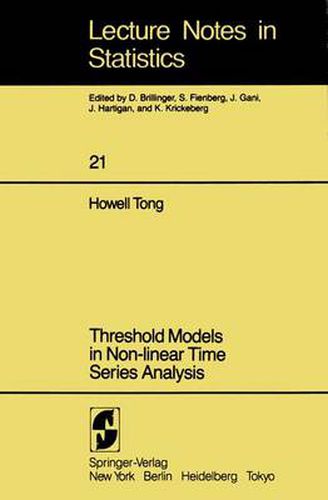Readings Newsletter
Become a Readings Member to make your shopping experience even easier.
Sign in or sign up for free!
You’re not far away from qualifying for FREE standard shipping within Australia
You’ve qualified for FREE standard shipping within Australia
The cart is loading…






This title is printed to order. This book may have been self-published. If so, we cannot guarantee the quality of the content. In the main most books will have gone through the editing process however some may not. We therefore suggest that you be aware of this before ordering this book. If in doubt check either the author or publisher’s details as we are unable to accept any returns unless they are faulty. Please contact us if you have any questions.
In the last two years or so, I was most fortunate in being given opportunities of lecturing on a new methodology to a variety of audiences in Britain, China, Finland, France and Spain. Despite my almost Confucian attitude of preferring talking (i.e. a transient record) to writing (i.e. a permanent record), the warm encouragement of friends has led to the ensuing notes. I am also only too conscious of the infancy of the methodology introduced in these notes. However, it is my sincere hope that exposure to a wider audience will accelerate its maturity. Readers are assumed to be familiar with the basic theory of time series analysis. The book by Professor M.B. Priestley (1981) may be used as a general reference. Chapter One is addressed to the general question: why do we need non-linear time series models? After describing some significant advantages of linear models, it singles out several major limitations of linearity. Of course, the selection reflects my personal view on the subject, which is only at its very beginning, although there does seem to be a general agreement in the literature that time irr'eversibility and limit cycles are among the most obvious.
$9.00 standard shipping within Australia
FREE standard shipping within Australia for orders over $100.00
Express & International shipping calculated at checkout
This title is printed to order. This book may have been self-published. If so, we cannot guarantee the quality of the content. In the main most books will have gone through the editing process however some may not. We therefore suggest that you be aware of this before ordering this book. If in doubt check either the author or publisher’s details as we are unable to accept any returns unless they are faulty. Please contact us if you have any questions.
In the last two years or so, I was most fortunate in being given opportunities of lecturing on a new methodology to a variety of audiences in Britain, China, Finland, France and Spain. Despite my almost Confucian attitude of preferring talking (i.e. a transient record) to writing (i.e. a permanent record), the warm encouragement of friends has led to the ensuing notes. I am also only too conscious of the infancy of the methodology introduced in these notes. However, it is my sincere hope that exposure to a wider audience will accelerate its maturity. Readers are assumed to be familiar with the basic theory of time series analysis. The book by Professor M.B. Priestley (1981) may be used as a general reference. Chapter One is addressed to the general question: why do we need non-linear time series models? After describing some significant advantages of linear models, it singles out several major limitations of linearity. Of course, the selection reflects my personal view on the subject, which is only at its very beginning, although there does seem to be a general agreement in the literature that time irr'eversibility and limit cycles are among the most obvious.